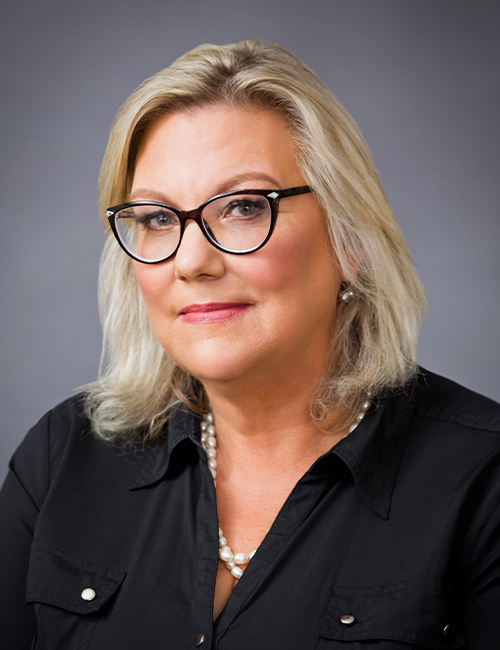


This year, in addition to our column regulars Deb Dudley, Steve Ladd, Arati Nagaraj, Luan Burman Rivera and Sepideh Yeoh, we are welcoming new consultants to the column. This issue introduces Teri Vigil, a board member for the Fall River Joint Unified School District since 2000. She is a Governance Consultant with CSBA’s Governance Consulting Services, creating customized board development workshops for governance teams.
BoardWise is a forum for board members and superintendents across the state to share questions about governance and board-superintendent relations. Send your questions to boardwise@csba.org.
Dear BoardWise,
In building and maintaining a supportive governance structure, what are some practices to provide opportunities for board members who are transitioning off the board, and yet would like to maintain some level of involvement and continue to contribute?
Sepideh Yeoh: This question reminds me of a situation I encountered recently. I was facilitating a Governance Consulting Services workshop with a district’s governance team, when a member of the community stood up to offer public comment prior to the work group starting and said, “Keep students at the core of each decision.” He then thanked the board for their dedication and left. Later, I learned that this person was a former board member who wanted to show support for the board.
This scenario is quite common. For board members who have dedicated their time to serving their communities, transitioning off the board can be challenging. So, how can a board plan for these situations and support these individuals?
First, this can be done by setting the tone and acknowledging their service. Do you have a practice where you dedicate time at a board meeting to thank the board member who is transitioning from board member to community member? Is there a practice built into board meetings where the superintendent shares highlights about the departing board member and presents them with a certificate of appreciation? A practice of recognition can be the first step to a continued and positive relationship between the board and the departing member.
In this situation, when a board member desires to stay involved, it is important to establish clear communication between the current board and that departing member. To do this, a board designee and the departing member should set up a meeting to discuss the member’s areas of interest, their desired level of activity and what the member hopes to gain and contribute through continued activity. It is also an opportunity to develop a set of goals and objectives that will set expectations for the member’s continued participation. With this information, the board can offer opportunities of participation that align with the board’s needs and the member’s interest.
Establishing regular clear and open communication between former board members and board designees demonstrates healthy and effective continuation of involvement and allows the board to establish parameters of positive engagement from former board members.
Teri Vigil: The transition of former board members into different community roles can contribute to the success of the board. Once clear parameters have been established, there are many ways to engage former members that can benefit both the member and the board.
Depending on the interests and desired level of involvement, a former member could serve on district or county office of education committees and work groups. With an appropriate placement, the member can provide needed skills, content knowledge and a historical viewpoint that can benefit the committee.
In addition, the member’s years of board service can translate into the ability to build capacity in new board members. An experienced mentor can help newer members as they adjust to the roles and responsibilities of a governance team. The learning curve can be steep for new members — why not utilize the experience and expertise of former members and have them support and coach a new board member?
Serving on the board of directors of a local district- or county-focused educational foundation can also be a way for former board members to stay involved. For example, in my district of Fall River there is an education foundation in which some of our district board members have transitioned onto its board of directors at the close of their term. Transitioning to a foundation, booster club or other local, education-focused organization provides former board members with new opportunities to stay engaged while continuing to contribute to the well-being of children.
As board members, we are used to a life of service to students. We can continue to serve by being active in new ways and adding our insight and educational knowledge to local committees and organizations that are working on behalf of students.
Ararti Nagaraj: It is important for the former member and board designee to reconnect after the member has transitioned and has become established with a district- or COE-related activity, such as participation in a board-appointed committee.
Reconnecting is the opportunity for the designee to confirm that the member’s participation continues to be in alignment with the goals of the board. This can be done in a conversation that revisits the initial goals and objectives of participation and asks guiding questions that generate a discussion on the individual’s experience to date. When the designee asks open- ended questions, it allows the member to reflect and recognize for herself/himself the impact of their participation, whether participation objectives have been met and whether their contributions have supported, or detracted, from the board’s work.
There may be situations in which the designee needs to redirect the former member when her or his participation is not in alignment with the board. At those times, it is important for the designee to practice confidentiality and assume good intent. By continuing to ask open-ended questions, the designee can gain better understanding on why there is a break in alignment and speak to the board’s goals.
As mentioned earlier, it is important to reflect on the practice of recognition, establish agreed-upon goals and objectives, and create open and ongoing lines of communication. By taking these steps, boards can create an environment in which healthy and effective continuation of involvement is present and benefits both former members and the boards on which they served.